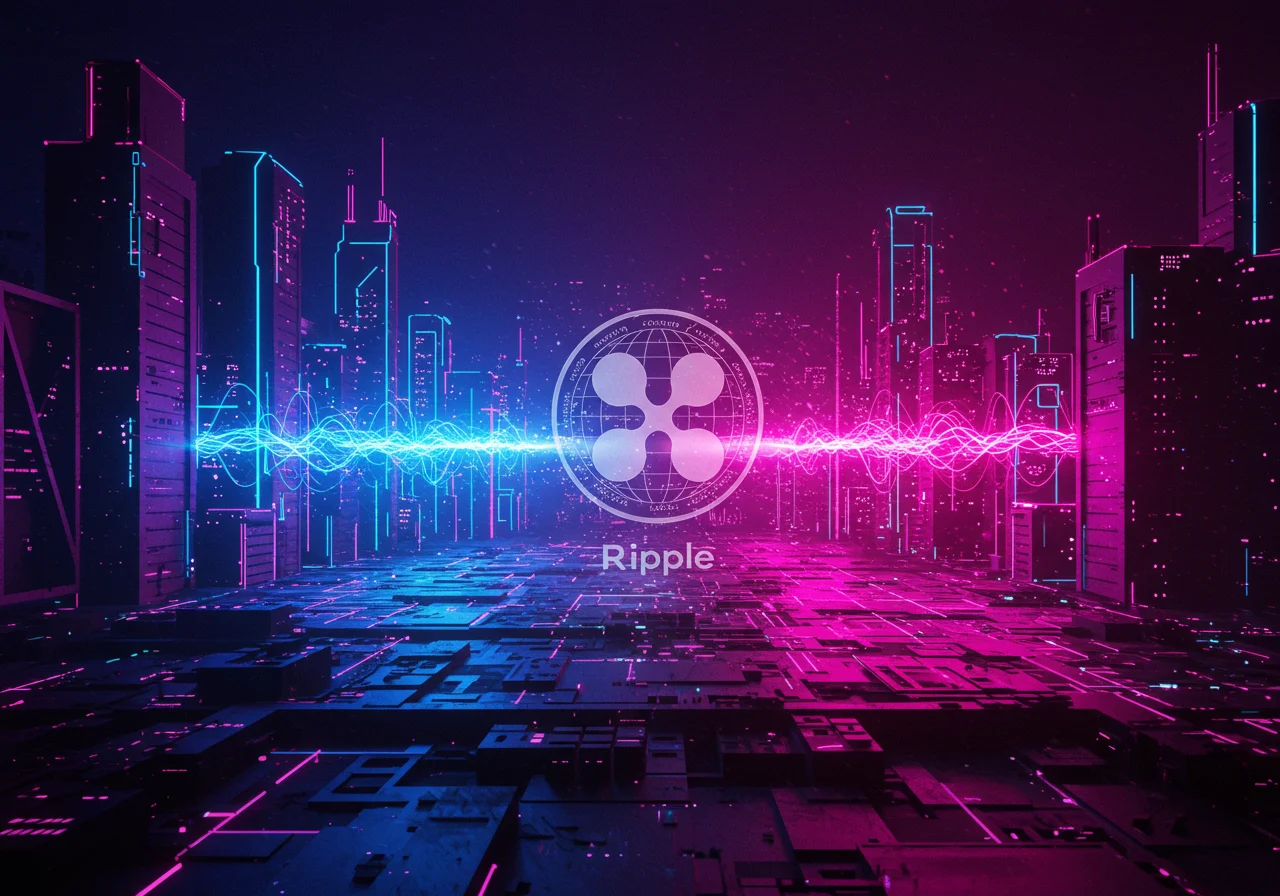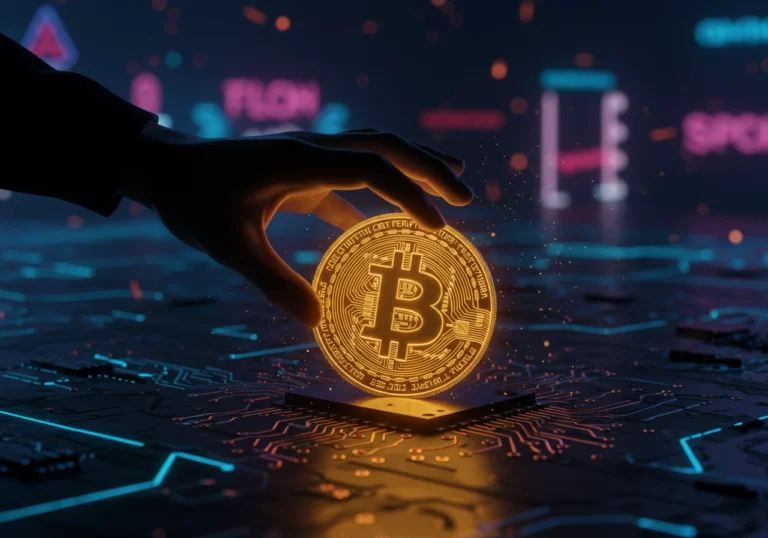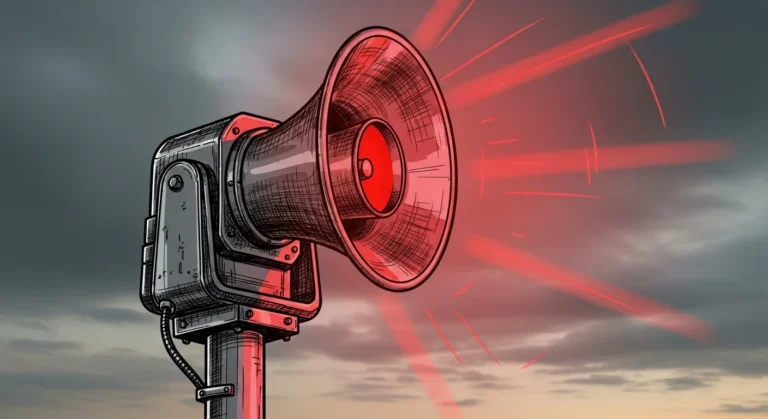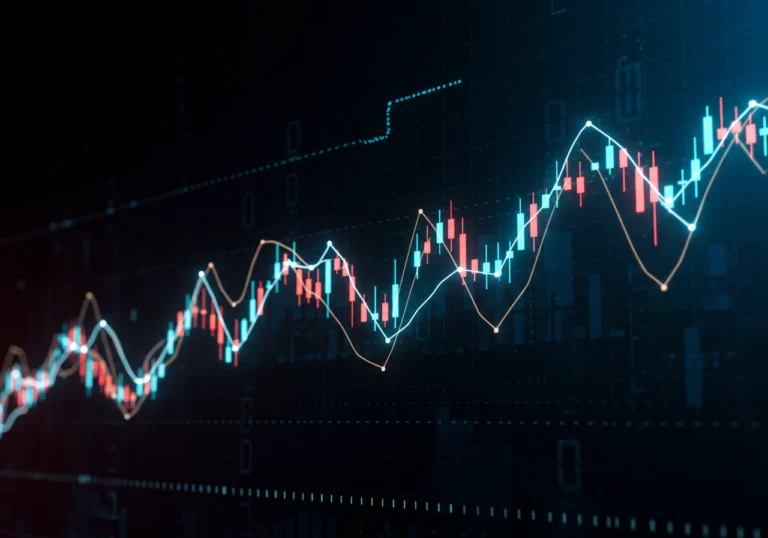What Is Ripple (XRP)? A Simple Guide to the Digital Payment Network for Beginners (2025)

Ripple is a way to make sending money around the world feel as simple as texting. It’s got this digital coin called XRP that helps it work, and it’s changing how banks and people handle cash. In this article, I’ll walk you through what Ripple is, how it’s different from other stuff like Bitcoin, and why it matters. I’ll keep it easy and fun, like we’re just hanging out talking about something cool. Ready? Let’s go!
Understanding Ripple and XRP
Ripple can sound tricky at first, but it’s really not. Let’s break it down together.
What is Ripple?
Ripple is a company that made a system called RippleNet. Picture RippleNet like a super-speedy highway for money. Banks and big financial companies use it to send cash across borders without all the usual hassle. Instead of waiting days or paying tons of fees, Ripple makes it quick and affordable. It’s like if you could zap a dollar to your buddy in Japan faster than you can say “hello.”
What is XRP?
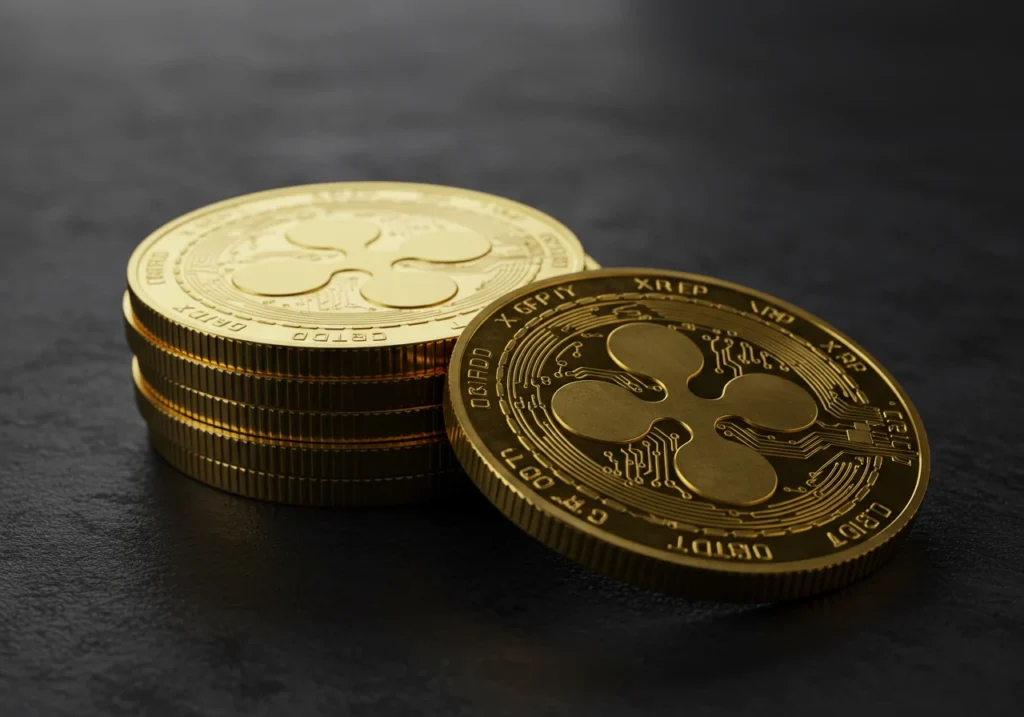
Now, XRP is the special coin that helps Ripple’s highway run smooth. Think of it as the fuel. When a bank wants to send money from one country to another, XRP jumps in to make it happen fast. It’s a digital coin, kind of like those game tokens you use at an arcade, but instead of playing games, it moves money around the world in seconds.
Difference Between Ripple the Company and XRP the Coin
Here’s where it gets a little confusing, but stick with me. Ripple is the company—the folks who built the highway. XRP is the coin that anyone can use on that highway. Ripple owns a big chunk of XRP, but other people—like you or me—can use it too. It’s like how a car company makes cars, but anyone can drive them. Ripple and XRP work together, but they’re not the same thing.
How Ripple Works
Okay, so how does this whole thing actually do its magic? Let’s look at the pieces that make it tick.
The XRP Ledger: Centralized or Decentralized?
You might hear fancy words like “centralized” or “decentralized” when people talk about digital money. Don’t worry—I’ll keep it simple. Imagine a big notebook where every money move gets written down. If it’s decentralized, lots of people share that notebook and no one’s totally in charge. Bitcoin works like that.
The XRP Ledger is the notebook for XRP. It’s kind of in the middle. It’s not controlled by just one person, but it uses a special group of trusted computers to keep things in order. That makes it faster than some other systems, even if it’s not as wide-open as Bitcoin. Think of it like a club where only certain members check the notebook, but anyone can still use it.
How Does the XRP Consensus Mechanism Work?
Here’s where XRP gets clever. Unlike Bitcoin, which uses something slow called mining (like digging for gold with a computer), XRP has a different way to check transactions. It’s called a consensus mechanism.
Picture a group of friends agreeing on what happened. They all look at the list of money moves and say, “Yep, that looks right.” If most of them agree, it gets added to the notebook. This happens in just 3 to 5 seconds—way faster than waiting for a bank. Plus, it doesn’t waste a ton of energy like mining does.
What Is On-Demand Liquidity (ODL) and How Does It Use XRP?
One of Ripple’s best tricks is something called On-DDemand Liquidity, or ODL for short. It’s a way to switch money from one type—like dollars—to another—like pesos—instantly using XRP.
Say you’re sending $100 to Mexico. Normally, a bank might take days to turn dollars into pesos. With ODL, they use XRP like a magic middleman. They swap dollars for XRP, send it over, and then swap it to pesos—all in a flash. It’s like having a superpower to change money without waiting around.
Ripple vs. Other Systems
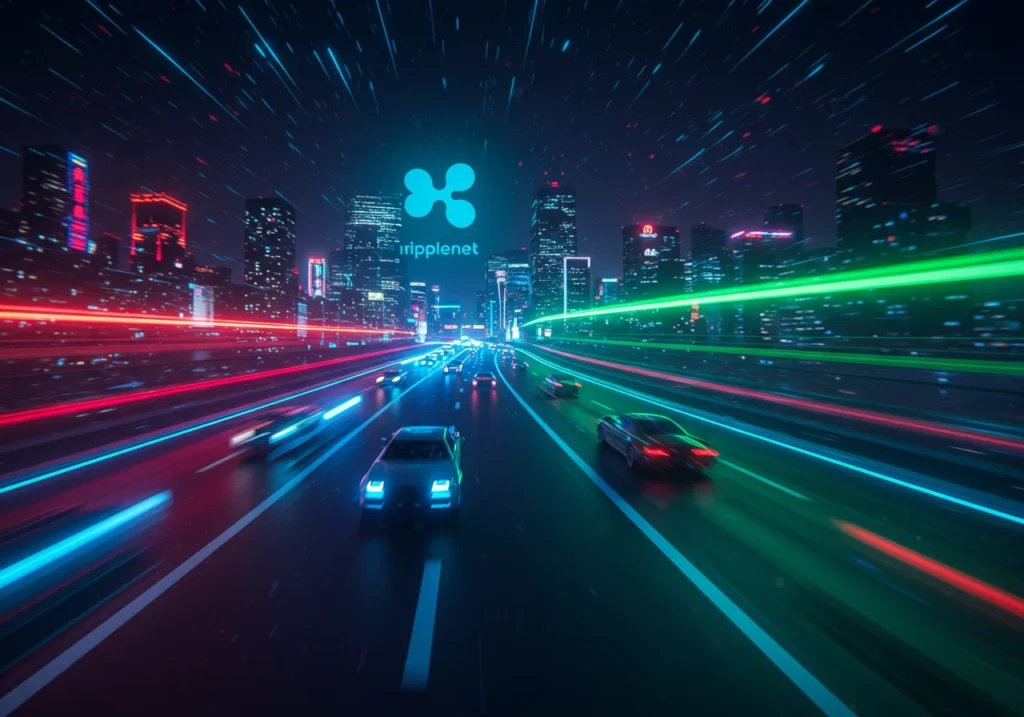
To really get Ripple, it helps to see how it stacks up against stuff you might already know, like Bitcoin or the old bank way.
How Is XRP Different from Bitcoin?
Bitcoin and XRP are both digital coins, but they’re built for different jobs.
- Bitcoin is like digital gold. People buy it to save or trade, hoping it’ll be worth more later. It’s great for that, but it’s slow for sending money—sometimes taking 10 minutes or more.
- XRP is more like a fast-delivery service. It’s made to move money quick, especially for banks. A transaction with XRP takes just a few seconds, and it costs almost nothing.
So, Bitcoin’s for holding onto, and XRP’s for zipping cash around.
How Is XRP Different from SWIFT?
SWIFT is how banks have been sending money overseas for years. It’s like sending a letter through the mail—slow and pricey. You might wait days and lose a chunk of cash to fees.
Ripple’s like sending an instant message instead. It cuts out the middlemen and gets the job done in seconds for way less. Banks love it because it saves them time and money, and that’s why Ripple’s shaking things up.
Real-World Use Cases for Ripple
Ripple’s not just about sending money overseas (though it’s awesome at that). It can do other cool stuff too.
Cross-Border Payments
This is Ripple’s big win. Over 300 banks and financial companies—like Santander and Standard Chartered—use RippleNet to send money across countries. Imagine a bank in New York sending cash to London. With Ripple, it’s there before you can finish your coffee, not days later.
Real-World Use Cases Beyond Cross-Border Payments
Ripple’s got more up its sleeve. The XRP Ledger can also:
- Turn things into digital tokens: Like making a digital version of a painting or a house you can trade online.
- Make smart deals: Imagine an agreement that pays someone automatically when a job’s done—no waiting or arguing.
- Help new money ideas: Like letting people lend or borrow without a bank in the middle.
It’s like Ripple’s building a toolbox for the future of money, not just a payment trick.
Ripple and the SEC Lawsuit
You might’ve heard about some drama with Ripple and a group called the SEC. Let’s unpack it.
What Was the Lawsuit About?
Back in 2020, the SEC (a U.S. government group that watches money stuff) said Ripple was selling XRP like a stock without permission. They thought it broke some rules, and it turned into a big fight. People worried it might mess up XRP for good.
What Was the Final Outcome of the Ripple SEC Lawsuit?
After years of back-and-forth, the court decided in 2023 that XRP itself isn’t a stock—good news for Ripple! But they also said Ripple messed up a bit when selling it to big investors. Ripple had to pay a fine, but the coin kept going strong. It was a bumpy ride, but it cleared the air for XRP’s future.
Investing in XRP
With all that legal stuff sorted, you might be wondering: “Could XRP be worth buying?” Let’s talk about it.
Long-Term Investment Potential of XRP After the SEC Case
Now that the lawsuit’s over, XRP’s looking up. More banks might jump on board with RippleNet, and if more people use XRP, its value could climb. It’s like planting a seed that might grow into a big tree—but it’s not a sure thing. Crypto can be a rollercoaster, so only jump in with cash you’re okay losing.
How to Buy XRP Safely in the United States
Want to grab some XRP? Here’s how to do it without stress:
- Pick a safe place: Use a trusted site like Coinbase or Kraken—big names you can count on.
- Make an account: Sign up, prove who you are, and add some dollars.
- Buy XRP: Swap your dollars for XRP right on the site.
- Keep it safe: Move your XRP to a wallet—like a digital piggy bank. Something like Ledger (a little gadget) or XUMM (an app) works great. Never tell anyone your secret code.
It’s pretty straightforward, but watch out for scams—stick to the big, trusted names.
Conclusion
Ripple and XRP are like a breath of fresh air for moving money. They make it fast, cheap, and easy, whether it’s a bank sending millions or you helping a friend abroad. I love how it takes something complicated—like international payments—and makes it feel simple. And with the lawsuit behind it, Ripple’s got a bright road ahead.
Here’s the quick rundown:
- Ripple’s a company with a speedy money highway called RippleNet.
- XRP’s the coin that keeps it running smooth and fast.
- It’s different from Bitcoin (slow, like gold) and SWIFT (old and clunky).
- Big banks like Santander use it, and it’s growing.
- The SEC fight ended mostly in Ripple’s favor.
- XRP’s got cool uses beyond payments, like digital deals.
- You can buy it safely if you’re careful.
I hope this made sense and got you excited about Ripple! It’s one of those things that could change how we handle money every day. What do you think—pretty neat, right?
Key Points in a Nutshell
- Ripple built RippleNet to move money worldwide, fast and cheap.
- XRP is the coin that makes it work, like fuel for the system.
- It’s quicker than Bitcoin and beats SWIFT’s slow, pricey ways.
- Over 300 places, like Santander, use RippleNet already.
- The SEC lawsuit said XRP’s okay, though Ripple paid a fine.
- XRP can do more, like digital art or automatic deals.
- Buy XRP on safe spots like Coinbase and keep it in a wallet.
Table of Contents

Hello, I’m Edmilson Dias, founder of CoinBringer. I created this platform to guide people through the fast-moving world of cryptocurrency with clarity and safety. With years of research in blockchain and digital security, my goal is to translate complex topics into practical knowledge, offering reliable tutorials, safety insights, and guidance for both newcomers and experienced users.
Discover more from CoinBringer
Subscribe to get the latest posts sent to your email.

